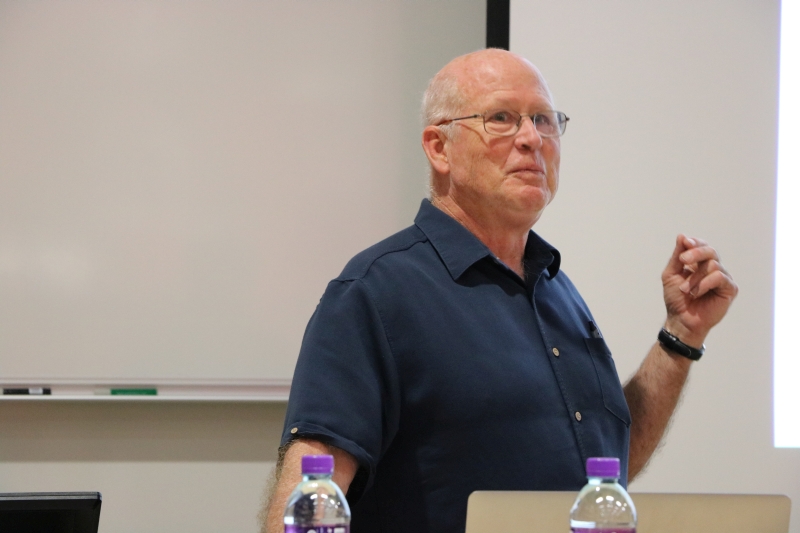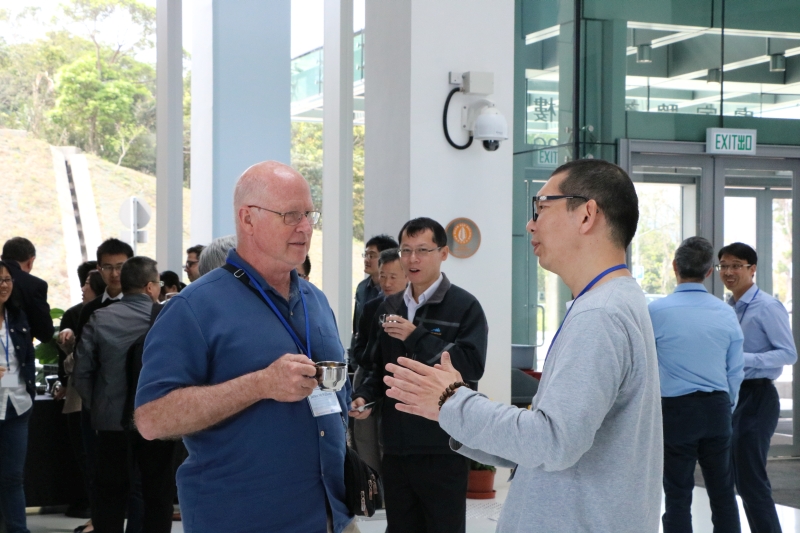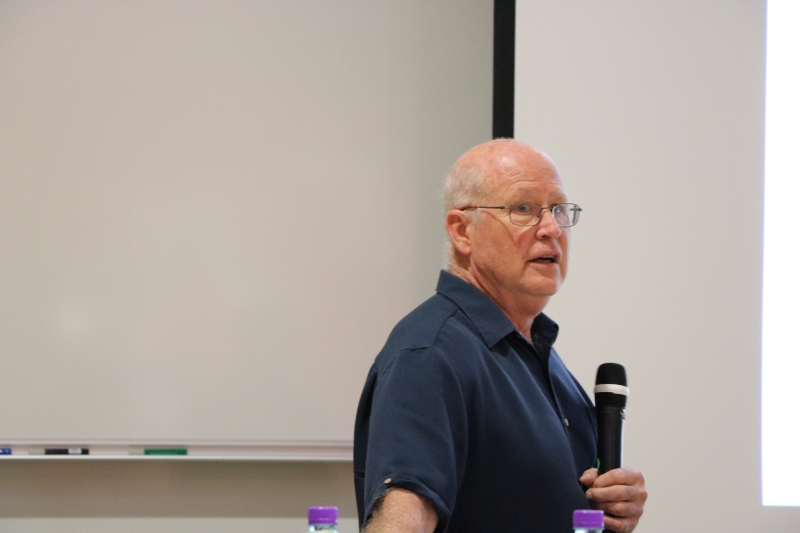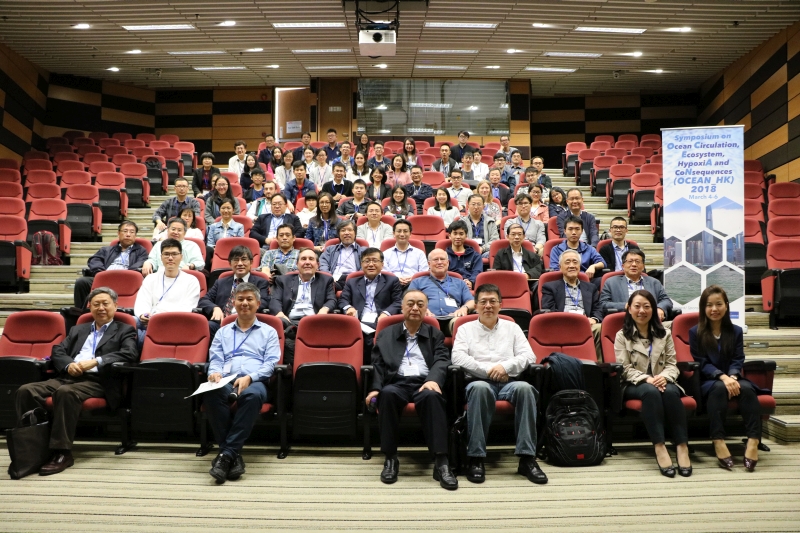Surface-layer and Topographic Submesoscale Currents
About the speaker
Prof. James C McWilliams received his BS (honors) in 1968 from Caltech, MS in 1969 and PhD in 1971 from Harvard University, all in Applied Mathematics. After holding a Research Fellowship in Geophysical Fluid Dynamics at Harvard (1971-74), he worked in the Oceanography Section at the National Center for Atmospheric Research (NCAR), where he became a Senior Scientist in 1980. In 1994, he joined the University of California at Los Angeles and is currently the Louis B Slichter Professor of Earth Sciences in the Department of Atmospheric and Oceanic Sciences and the Institute for Geophysics and Planetary Physics.
Prof. McWilliams’ primary areas of scientific research are the fluid dynamics of Earth's oceans and atmosphere, both their theory and computational modeling. Particular subjects include the maintenance of the general circulations; climate dynamics; geostrophically and cyclostrophically balanced (or slow manifold) dynamics in rotating, stratified fluids; vortex dynamics; planetary boundary layers; planetary-scale thermohaline convection; coherent structures in turbulent flows in geophysical and astrophysical regimes; numerical algorithms; statistical estimation theory; and coastal ocean modeling. He helped develop a three-dimensional simulation model of the US West Coast that incorporates physical oceanographic, biogeochemical, and sediment transport aspects of the coastal circulation. This model is used to interpret coastal phenomena, diagnose historical variability in relation to observational data, and assess future possibilities.
Prof. McWilliams was elected a Member of the US National Academy of Sciences (2002) and a Fellow of the American Geophysical Union (2001).






